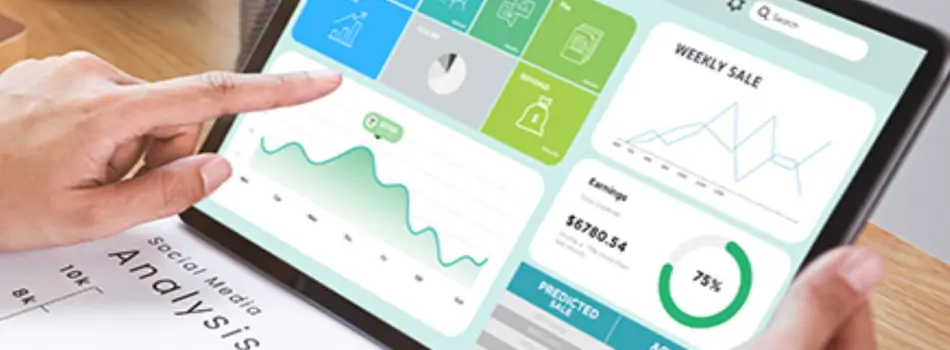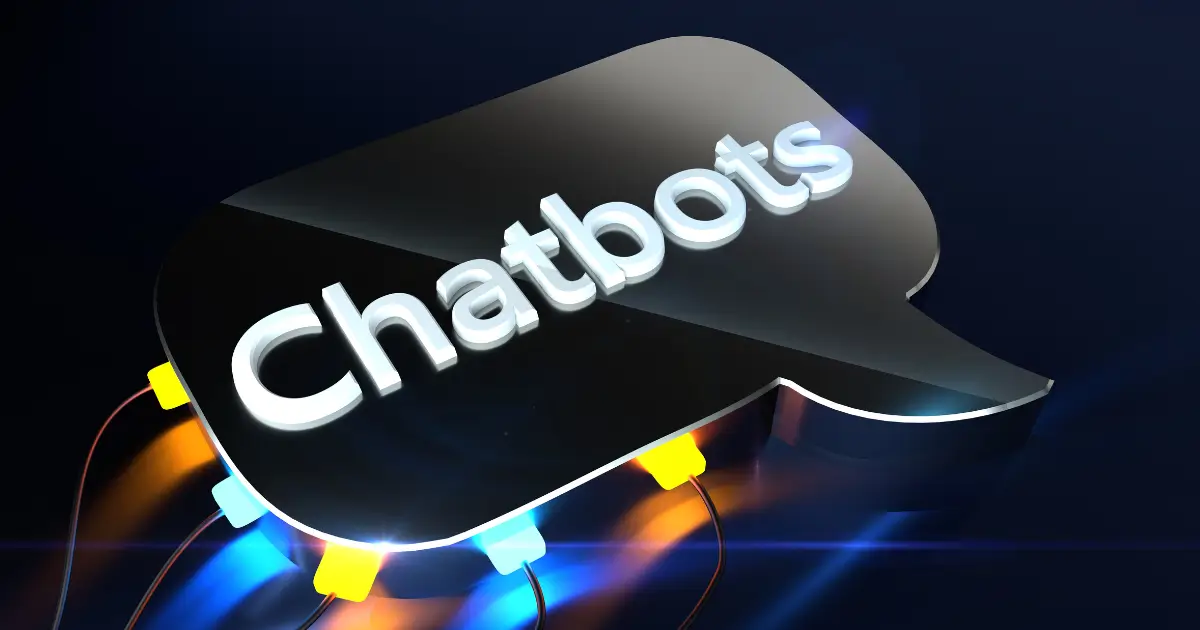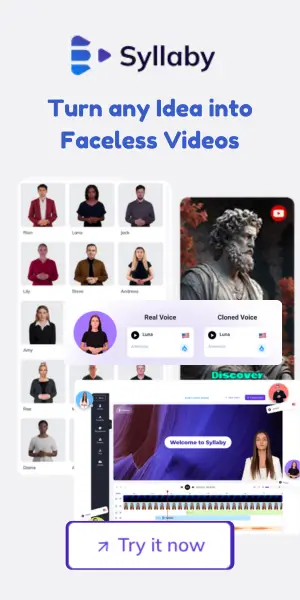Chatbot marketing is rapidly evolving from a novelty into a necessity. As consumers demand faster, smarter, and more personalized interactions, businesses are turning to chatbots to scale engagement, streamline operations, and boost revenue. This powerful fusion of AI and marketing automation is not just a tech trend—it’s a strategy driving real results in 2025.
Chatbot Marketing in 2025: More Than Just Automation
In 2025, chatbot marketing has become an essential weapon in the digital marketer’s arsenal. Gone are the days of clunky, one-size-fits-all bots. Today’s solutions are powered by AI, designed to understand intent, engage with empathy, and deliver value instantly. Whether you’re in eCommerce, SaaS, or service-based industries, chatbots can now perform real sales conversations, handle support tickets, and qualify leads—24/7.

Why Chatbot Marketing Works
Instant Gratification in a World of Impatience
Customers hate waiting. And they love answers. Chatbots deliver those answers instantly, with no need to navigate complex menus or wait in line. This responsiveness isn’t just appreciated—it’s expected.
Cost Efficiency Without Cutting Corners
Support teams are expensive. Chatbots can handle thousands of interactions simultaneously, at a fraction of the cost. This makes them ideal for scaling support without scaling your budget.
Consistency and Scalability
Unlike human agents, chatbots don’t sleep, get tired, or forget their lines. They deliver a uniform experience every time, ensuring that every user gets the same quality of interaction, regardless of volume.
Chatbot Marketing for Lead Generation
Chatbots aren’t just answering questions—they’re qualifying leads.

The Power of Conversational Funnels
By asking smart questions and learning from interactions, chatbots can route users into customized sales funnels. This removes friction and makes the customer journey seamless from the first click.
Real-Time Data Capture
Unlike static forms, chatbots collect information in a fluid, conversational way. This data is richer, more accurate, and feels more natural to the user—leading to higher conversion rates.
Chatbot Marketing in eCommerce
Guiding Customers to the Right Product
Shoppers don’t always know what they want. Chatbots can guide them with questions like:
Are you looking for something specific?
Do you prefer a budget-friendly or premium option?
Based on the answers, they can suggest products instantly—cutting down browsing time and increasing order value.
Cart Recovery Made Conversational
Chatbots can re-engage users who abandoned their cart with messages like
It looks like you left something behind. Need help finishing your purchase?
This approach feels helpful, not pushy—and it works.
Chatbot Marketing for Customer Support
Always-On, Always-Available
In a global market, time zones shouldn’t affect support. Chatbots offer 24/7 assistance, handling FAQs, tracking orders, and even processing simple refunds without human intervention.
Escalation When It’s Needed
When issues become too complex, chatbots don’t try to do everything. They escalate smartly—passing the conversation and context to a human agent, making support seamless.
Chatbot Marketing Tools Worth Using
The Big Names You Should Know
- ManyChat: Ideal for Messenger and Instagram bots.
- Tidio: Combines live chat and AI automation.
- Chatfuel: Best for Facebook automation and ecommerce.
- Drift: Tailored for B2B conversational marketing.
Each tool comes with templates, integration options, and analytics dashboards to help marketers measure success and iterate quickly.
Chatbot Marketing and AI: A Powerful Duo
Chatbots are now powered by machine learning models that get smarter with every interaction. These bots learn user preferences, tone, behavior, and even timing. In 2025, chatbots don’t just follow scripts—they predict user needs.

The Role of Natural Language Processing (NLP)
Thanks to advancements in NLP, bots now understand slang, emojis, and even sarcasm. The result? Conversations that feel real, fluid, and human-like.
Building Trust Through Chatbot Marketing
While automation can be powerful, trust remains the cornerstone of marketing.
Transparency Matters
Users should always know they’re talking to a bot. Chatbots that pretend to be human erode trust. The best ones are upfront, efficient, and friendly.
Personalization Done Right
A chatbot that remembers your name and past interactions feels like a concierge, not a script. Personalization boosts engagement and encourages repeat visits.
Best Practices for Effective Chatbot Marketing
1. Set Clear Goals
What do you want your chatbot to do? Generate leads? Reduce support load? Improve conversions? Be specific—then measure relentlessly.
2. Keep It Conversational
Avoid robotic replies. Even simple messages like “Hey there 👋! Need help finding something?” can dramatically improve engagement.
3. Monitor, Test, Improve
Chatbot marketing isn’t a set-it-and-forget-it tactic. You need to review transcripts, analyze drop-off points, and continually optimize.
Chatbot Marketing Case Study: From Click to Customer
A mid-sized skincare brand implemented a Messenger chatbot that asked visitors a series of questions to determine their skin type and product preferences. The results?
✔ 27% increase in conversion rate
✔ 43% drop in abandoned carts
✔ 5x growth in customer retention
Chatbot marketing wasn’t just a nice-to-have—it became their core conversion engine.
The Future of Chatbot Marketing: What’s Next?
Multilingual, Multichannel Experiences
Tomorrow’s bots won’t just live on your website. They’ll operate across WhatsApp, Messenger, Instagram DMs, your app, and even smart speakers—seamlessly and simultaneously.
Voice-Powered Chatbots
With voice search on the rise, expect more chatbots to include voice interaction capabilities, turning them into true virtual assistants.
Final Thoughts: Is Chatbot Marketing Right for You?
If your business handles leads, customers, or sales online, the answer is yes. Chatbot marketing isn’t about replacing humans—it’s about scaling conversations, delivering better service, and converting faster than ever before. In a world where attention spans are shrinking, bots meet users where they are, with the answers they need.
In 2025, not having a chatbot isn’t just a missed opportunity—it’s a marketing liability.
Let me know if you’d like a version tailored for eCommerce use, B2B marketing, or a comparison of top chatbot tools.
this content is created by guestpostingmonster.com













